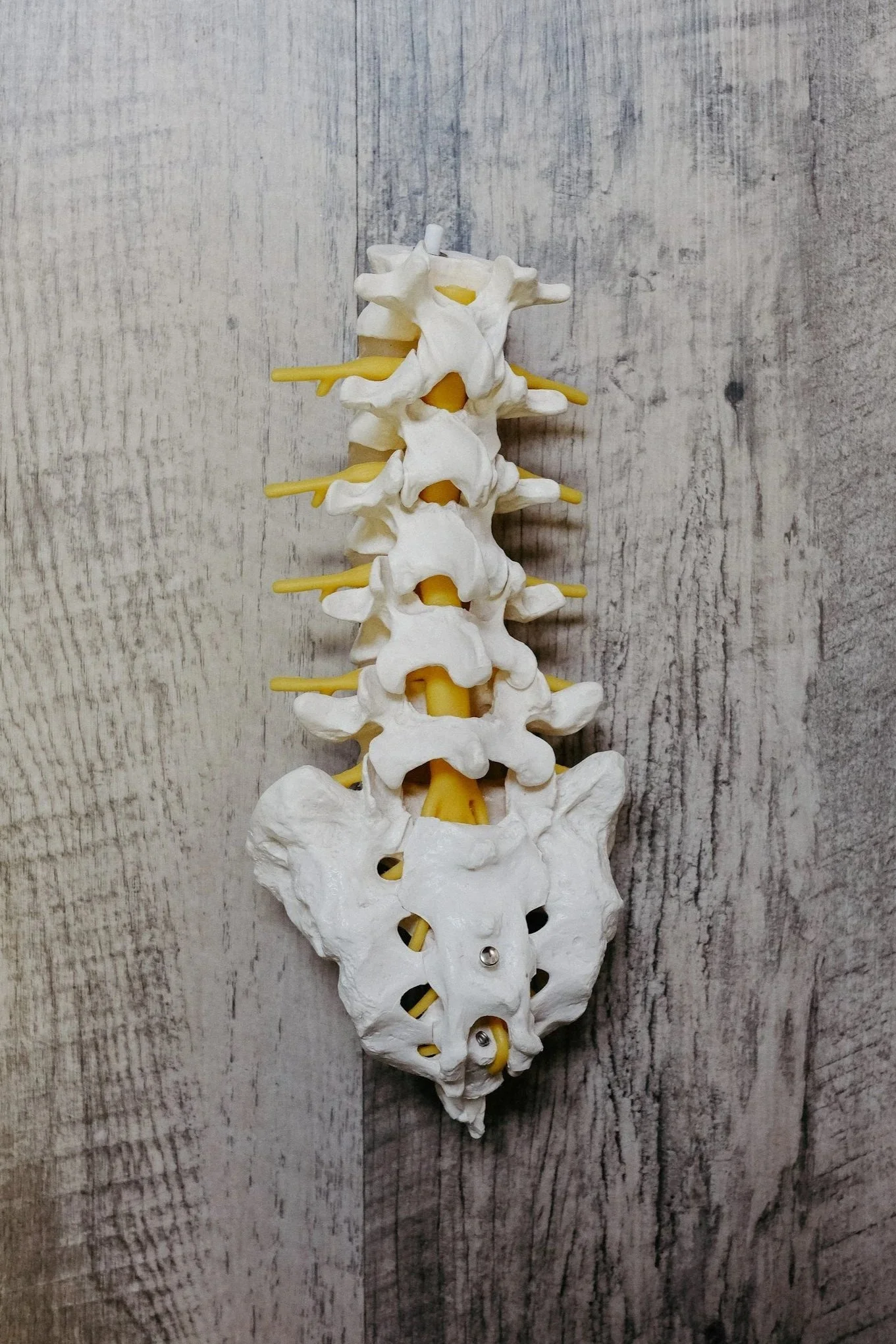Understanding Coccyx Pain
Coccyx pain, also known as coccydynia, refers to discomfort or aching at the very base of the spine (tailbone). It can range from a dull, constant ache to sharp pain that worsens when sitting, leaning back, or rising from a seated position. While often linked to injury or strain, coccyx pain can persist long after the initial cause, affecting comfort, mobility, and daily activities.
Causes of Coccyx Pain
Coccydynia can arise from a number of factors, including:
Trauma or Injury – A fall or direct blow to the lower spine is a common cause of tailbone pain.
Childbirth – Pressure and stretching during delivery can strain or dislocate the coccyx.
Prolonged Sitting – Extended time on hard or uneven surfaces can inflame tissues around the coccyx.
Repetitive Strain – Activities such as cycling or rowing may irritate the tailbone area.
Degenerative or Arthritic Changes – Age-related wear can cause stiffness and inflammation at the coccyx joint.
Idiopathic (Unexplained) Pain – In some cases, no clear structural cause is identified, but nerve irritation or local inflammation may be responsible.
Seeking Relief and Treatment
Coccyx pain can be stubborn but is often manageable with a combination of lifestyle measures, targeted therapy, and—when appropriate—interventional procedures.
Self-Care and Physiotherapy – Using a cushioned seat, adjusting posture, and performing specific stretching and strengthening exercises can help reduce discomfort and promote healing.
Medications – Anti-inflammatory or pain-relieving medicines can provide short-term relief during flare-ups.
Image-Guided Injections – For persistent cases, an injection of local anaesthetic and corticosteroid around the coccyx or ganglion impar (a small nerve structure near the tailbone) can help break the pain cycle and calm inflammation.
Interventions for Coccyx Pain Relief
Ganglion Impar Block
This procedure targets a small nerve cluster located in front of the coccyx. By injecting local anaesthetic—sometimes combined with steroid—under X-ray or ultrasound guidance, pain transmission from the tailbone region can be significantly reduced. For longer-term relief, radiofrequency treatment of the ganglion impar may be considered.
Coccygeal Injection
A focused injection into the tissues surrounding the coccyx can reduce local inflammation and swelling, improving comfort and sitting tolerance.
At York Pain Group, we take a careful, individualised approach to diagnosing and treating coccyx pain. Using advanced imaging and evidence-based interventions, we aim to relieve pain, restore comfort, and help you return to the activities you enjoy.

